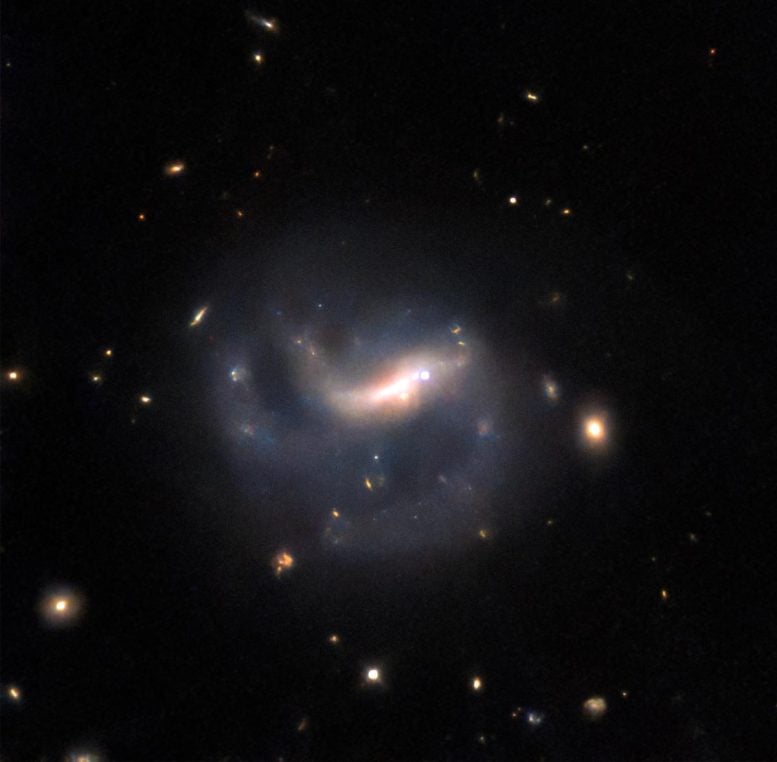
The Hubble Telescope captured this extraordinary image of the galaxy LEDA 857074, driven by the detection of the supernova SN 2022ADQZ. Despite being an obscure galaxy with minimal prior data, this event highlights its significance in the cosmic landscape, showcasing the serendipitous nature of astronomical discoveries. Credit: ESA/Hubble & NASA, R. J. Foley
This ethereal Hubble Space Telescope image features the galaxy LEDA 857074, located in the constellation Eridanus. LEDA 857074 is a barred spiral galaxy, with partially broken spiral arms. It also has a particularly bright spot right in its bar: this is a supernova snapped by Hubble, named SN 2022ADQZ.
From galaxies to nebulae and star clusters, to planets in the Solar System and beyond, the Hubble Space Telescope has observed a vast range of celestial objects. Observing programs usually seek to gather data so that astronomers can answer a specific question. Naturally, this means most scheduled observations target an object that astronomers have already researched.
Some are famous, like the Crab Nebula (see image below) or the globular cluster Omega Centauri; others might not be so well known to the public, but still be featured in hundreds of scientific papers, such as the Spider Galaxy or NGC 4753.
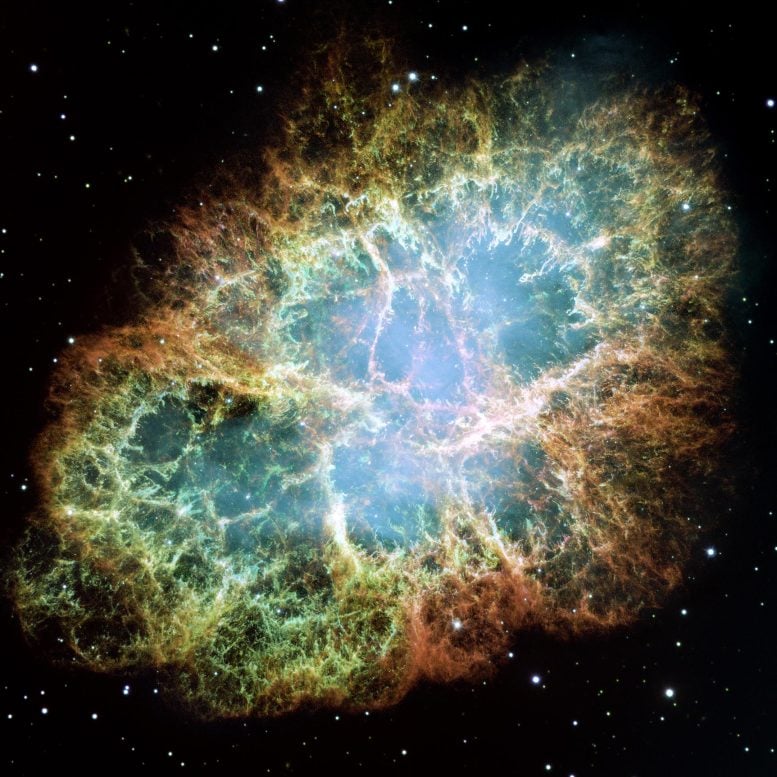
This Hubble image gives the most detailed view of the entire Crab Nebula ever. The Crab is among the most interesting and well studied objects in astronomy. This image is the largest image ever taken with Hubble’s WFPC2 camera. It was assembled from 24 individual exposures taken with the NASA/ESA Hubble Space Telescope and is the highest resolution image of the entire Crab Nebula ever made. Credit: NASA, ESA and Allison Loll/Jeff Hester (Arizona State University). Acknowledgment: Davide De Martin (ESA/Hubble)
Not so with this galaxy: LEDA 857074 is named in fewer than five papers, one of which is the Lyon-Meudon Extragalactic Database itself. Virtually no data have been recorded about it, other than its position: since its discovery, it simply hasn’t been studied. So how did it attract the gaze of the legendary Hubble?
The supernova is the answer — SN 2022ADQZ was detected by an automated survey in late 2022, and led to Hubble being pointed at its host galaxy, LEDA 857074, in early 2023. Astronomers have cataloged millions of galaxies, so while today tens of thousands of supernovae are detected annually, the chance that one is spotted in any particular galaxy is slim. We also do not know how actively LEDA 857074 is forming stars, and therefore how often it might host a supernova.
This galaxy is therefore an unlikely and lucky target of Hubble, thanks to this supernova shining a spotlight on it! It now joins the ranks of many more famous celestial objects, with its own Hubble image.


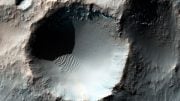

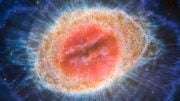


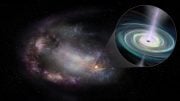

Be the first to comment on "Hubble’s Latest Marvel: A Supernova Lights Up an Unknown Galaxy"